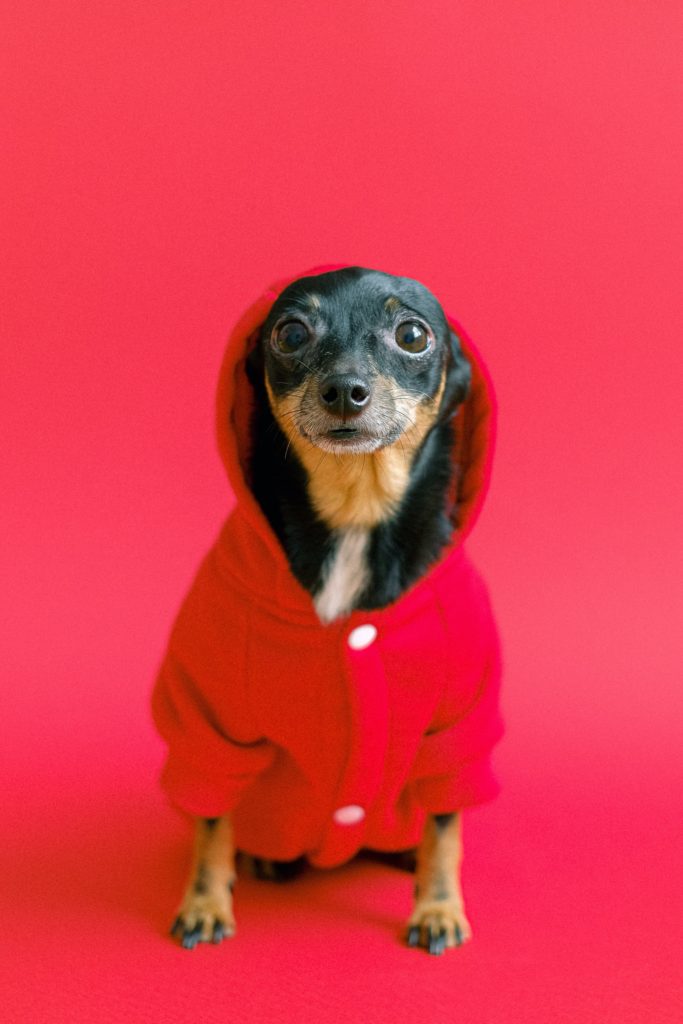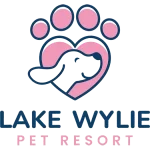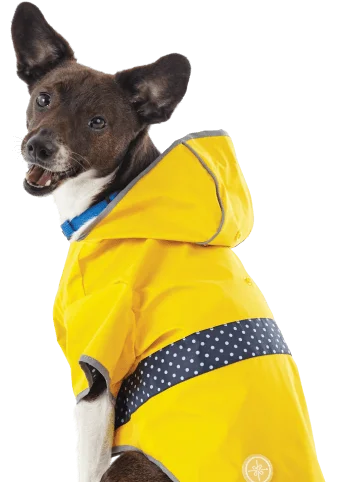
Just as people become anxious, dogs do too. They may become nervous or fearful when left alone, during storms, or around other animals or people. Recognizing triggers for your dog’s anxiety can help you to be proactive in helping them to feel calmer, safer, and more relaxed.
When dogs are anxious, they may show it in different ways, including:
- Barking or whining
- Trembling or putting their tail between their legs
- Panting excessively and breathing more rapidly
- Pacing
- Becoming destructive or aggressive
- Not eating or drinking as much
How to Ease Your Dog’s Anxiety
1. Be present and comforting.
Stay close to your dog and let them cuddle up against you. Stroke the top of their head, behind their ears, and down their back in a gentle rhythm. Give their shoulders a massage to alleviate some built-up tension. Physical contact can be very soothing.
2. Turn on music.
Music or television can be a helpful distraction. They create noise to drown out other sounds and keep your dog from focusing on them. Play something you would normally listen to while around the house as it will be familiar.
3. Create a quiet space.
Give your dog a space of their own where they know they can relax and no one will bother them. Keep kids or other animals off of your dog’s bed or blanket. Many dogs find a crate very comforting because it is an enclosed space where they feel safe. Leave the door open so they can go in and out as they please. You may want to cover the top with a blanket to make it darker and quieter.
4. Stay active.
Regular physical activity can help with managing your dog’s anxiety. It is a way for them to burn off excess energy and tire themselves out. They will be ready to lay down and nap at home rather than focusing on every little noise.
5. Use a compression shirt.
If loud noises or storms bother your dog, you may find a compression shirt beneficial. It provides gentle pressure to help calm your dog’s nerves. Put it on before a storm or before loud activities start. They like the constant physical pressure it exerts.
6. Avoid triggers.
If you know that your dog does not enjoy being around a lot of other dogs, skip the trips to the dog park. Try to go on walks during times when there are fewer people around, or choose a path that is less populated.
If they become anxious during storms or fireworks, try to make sure someone will be home with them. Play with toys together, turn on some music, and keep petting them so they know you are there and are distracted from what is happening outside. You may also want to talk to your veterinarian about different options for managing anxiety.
If your dog has some separation anxiety and becomes nervous, destructive, or loud when you leave, consider signing them up for doggie daycare or boarding them so they won’t have to be alone. You can feel better knowing they will have other people and dogs around and won’t be destroying your house or annoying the neighbors while you are gone. Contact Lake Wylie Pet Resort to schedule your dog’s stay!




